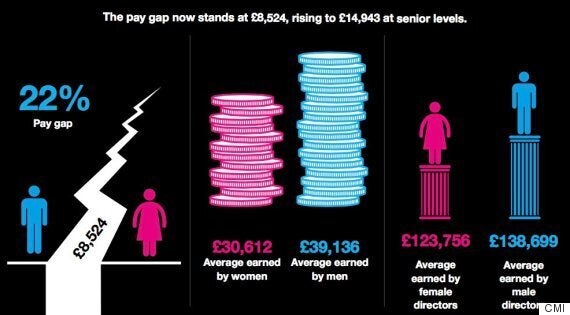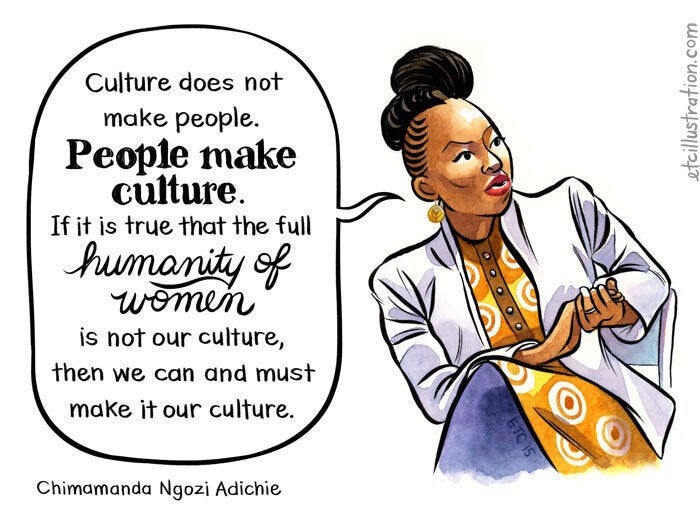Women are paid 22% less than men and thereby work for free for almost two hours a day, new research reveals.
According to the Gender Salary Survey, which looked at the earnings of more than 72,000 managers in the UK, the pay difference equates to one hour and 40 minutes of unpaid labour a day by women, or 57 working days a year.
For men and women of all ages and in all professional roles the gender pay gap now stands at £8,524, with men earning an average of £39,136 and women earning £30,612.
In 2014, the pay gap stood at £9,069 - or 23%.

Ann Francke, chief executive of Chartered Management Institute who published the report, said: “Working for free two hours a day is unacceptable.
“While some progress is being made, it’s clear from our research that Lord Davies is right to target the executive pipeline.
“Having more women in senior executive roles will pave the way for others and ensure they’re paid the same as their male colleagues at every stage of their careers.”
In March, the publication of Women on Boards: Davies Review Annual Report 2015 revealed that the number of women holding board-level positions in FTSE 100 companies reached 23.5% - just short of the 25% target

According to the new research the gender pay gap rises to £14,943 for senior or director-level staff, with men earning an average of £138,699 compared to the average for women of £123,756.
Female managers are also missing out when it comes to bonuses, with the average man’s bonus of £4,898 almost doubling that of the average woman’s of £2,531.
The pay gap becomes wider as women grow older, the survey data reveals.
Women aged 26 to 35 are paid 6% less than their male colleagues. This jumps to 20% for women aged 36-45.
The gap increases to 35% for women aged 46 to 60 - equivalent to working 681 hours for free compared to their male colleagues.
For women and men in their 60s the pay gap expands to 38%.

The study found that older women are not only earning less, but there are also fewer of them in executive positions.
Even though women comprise 67% of the workforce in entry-level roles, and continue to outnumber men in junior management roles, female representation drops to 43% at the level of senior management.
Just 29% of director-level posts are held by women.
Mark Crail, content director of XpertHR, said: “An entire generation has now worked its way through from school leaver to retirement since the first equal pay legislation came into effect in 1970, yet the gender pay gap persists, and many employers still prefer not to know just how bad it is in their organisation rather than getting to grips with the data and doing something about it.
“HR and reward specialists in larger companies have a special responsibility to get this firmly on to the senior management agenda and to develop the plans needed to close the gap.”
In other findings, the pay gap is widest for employees of organisations with between 250 and 999 staff, with women earning on average 27% less – making them 5% worse off than even the national average.
New legislation coming into force in 2016 will require organisations with more than 250 employees to report publicly on what they pay male and female staff.
More than 7,850 organisations, which collectively employ more than 11.2 million staff (40% of the UK’s workforce), will be affected by the new legislation.
Ms Francke added: “Transparency is a powerful driver for closing the gender pay gap. The Government’s new reporting legislation is a welcome step forward and will be good news for business.
“Clearer employee data, improved recruitment and a reinvigorated focus on business culture will help unblock the talent pipeline and support more women to become senior managers and leaders.”
SEE ALSO:
Also on the Huffington Post UK:
